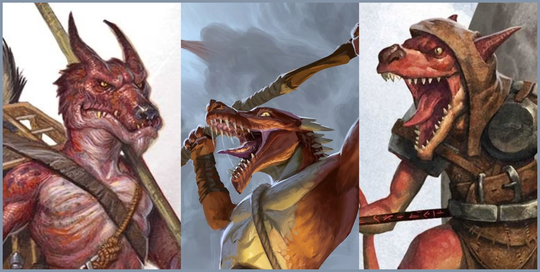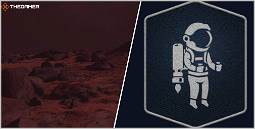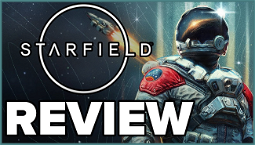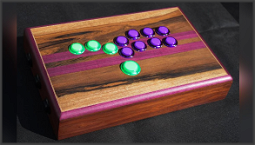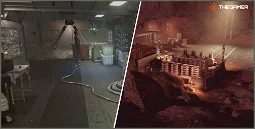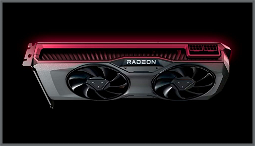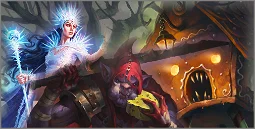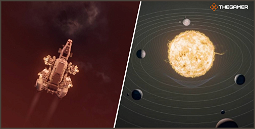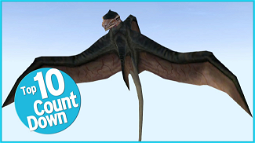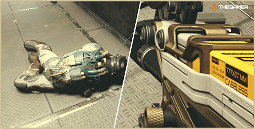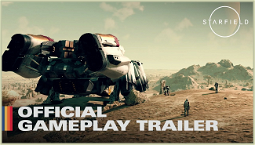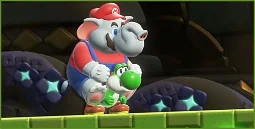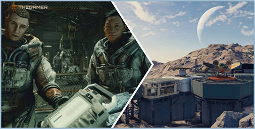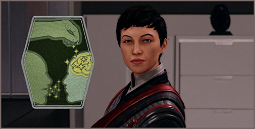Looking for everything you need to know about D&D Kobolds?
Kobolds are officially joining the Dungeons & Dragons roster as a playable species, so we’re here to break down what that means for players and offer a peek at what Kobold characters might look like.
Kobolds are small creatures, ranging from 2ft to 3ft in height, which gives them advantages such as being able to ride medium-sized creatures or squeeze into smaller spaces. Depending on the game scenario, your D&D party may not be the only ones who see your Kobold character as an enemy. Depending on the roleplay, Kobolds could face discrimination based on their appearance, which could lead to compelling storylines.
Creative players have already come up with ways to play as Kobolds in the past, but now players have a species to officially choose during character creation. Depending on which version of Kobolds you choose, you’ll have access to unique D&D mechanics that can help you in combat or in complex storytelling.
Kobold versions
There are two official D&D publications that offer playable Kobold options: Volo’s Guide to Monsters and Monsters of the Multiverse. We’ve broken down the key differences between both options below.
Volo’s Guide to Monsters
In Volo’s Guide to Monsters, Kobolds are classified as Small Humanoids and have the following racial traits:
Here’s a quick rundown of what each of these traits means:
Monsters of the Multiverse
In Monsters of the Multiverse, Kobolds are classified as Small Humanoids and have the following racial traits:
In contrast to Volo’s Guide to Monsters, Monsters of the Multiverse introduces Draconic Legacy, which offers three different bonuses that you can choose during character creation:
D&D Kobold playstyle
While Dungeons & Dragons Kobold options are still fairly new, players who have already created Kobold characters have offered insight into how these characters work. Kobolds work well with melee characters, but they’re also capable in ranged combat with high mobility.
Kobolds work well as Rogues, thanks to the Dexterity bonus. Not only does this offer a boost in their already strong melee abilities, but Kobolds also receive critical hit advantages, making them even more lethal in combat. Additionally, small size works well for Rogues, making them great for hiding.
Kobolds also excel as Clerics, Spellcasters, Hexblade Warlocks, Fighters, and Paladins, thanks to the versatility of these classes. In most cases, strength is less of a concern and can be made up for with a focus on spellcasting, ranged abilities, or melee combat.
Kobolds have the option to resist being frightened, making them capable of tanking roles. Kobolds with the Draconic Legacy: Claw, Tail, and Talon benefits offer some of the best defence, making them a good pick for fighter or barbarian builds.
Overall, the Monsters of the Multiverse version of Kobolds is recommended if you’re looking for versatility. However, if you’re looking to create a critical hit-focused build, the Volo’s Guide to Monsters version offers some fun options.
That’s everything we know about Dungeons & Dragons Kobolds. For more essential guides, check out our deep dives into D&D 5e Druid races, D&D 5e Sorcerer classes, and D&D 5e Warlock spells. You can also expect regular D&D updates via our D&D Beyond subscription, which gives you access to every official D&D module.
